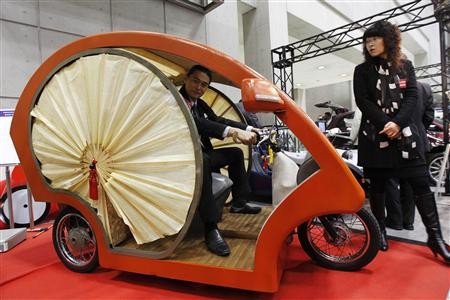EVs like Tesla may be supercharged in 10 minutes using new Lithium-ion battery design
The new battery, according to researchers can charge a car's battery for 200 miles in 10 minutes.
Scientists at the University of Pennsylvania have developed an electric vehicle battery that can be supercharged even faster than smartphones. The battery charges at an elevated temperature to ensure an increased reaction rate while keeping the cell cool, using the technology.
The scientists claim that their technology can endow an electric vehicle with 200 miles worth of charge in around 10 minutes. This means that one of the electric vehicles' biggest disadvantage – they need to be charged mid-journey for a long route, vis-à-vis a petrol/diesel vehicle may soon be obliterated.
The findings were published in the Joule journal on Wednesday. This can be classified as a sort of a dash charging mechanism for EVs such as Tesla. A rapid charge for any battery requires it to be able to take a huge amount of charge at one go. In the case of EVs, this goes up to 400 Kilowatts of energy so the technology needs to be at scale. Current lithium-ion batteries take time to charge because if they are exposed to such a huge charge at one go, it results in lithium plating – metallic lithium formation around the anode. This plating kills battery life and makes charge drain out super-fast.
Chao-Yang Wang, a mechanical engineer at The Pennsylvania State University, stated in the research article, titled, 'An Efficient Direct Ammonia Fuel Cell for Affordable Carbon-Neutral Transportation,' "In addition to fast charging, this design allows us to limit the battery's exposure time to the elevated charge temperature, thus generating a very long cycle life. The key is to realize rapid heating; otherwise, the battery will stay at elevated temperatures for too long, causing severe degradation."
The current batteries in use are charged and discharged at regular temperatures and only a small amount of charge is passed to resist plating. The researchers have discovered if they charge the battery at an elevated temperature of 60 degrees Celsius for a few minutes and discharge it at lower temperatures, resisting plating while pushing in a lot of charge is possible.
The researchers further refined the process by adding a self-heating nickel structure, which only takes 30 seconds to preheat. They confirmed that lithium plating did not occur by testing using graphite pouches at differing temperatures.
According to Wang, a battery can sustain the same process for 1,700 cycles of charging and discharging.
Currently, this process is only at the research stage. But, according to the researchers, it can also be scaled up for other applications.

© Copyright IBTimes 2025. All rights reserved.





















